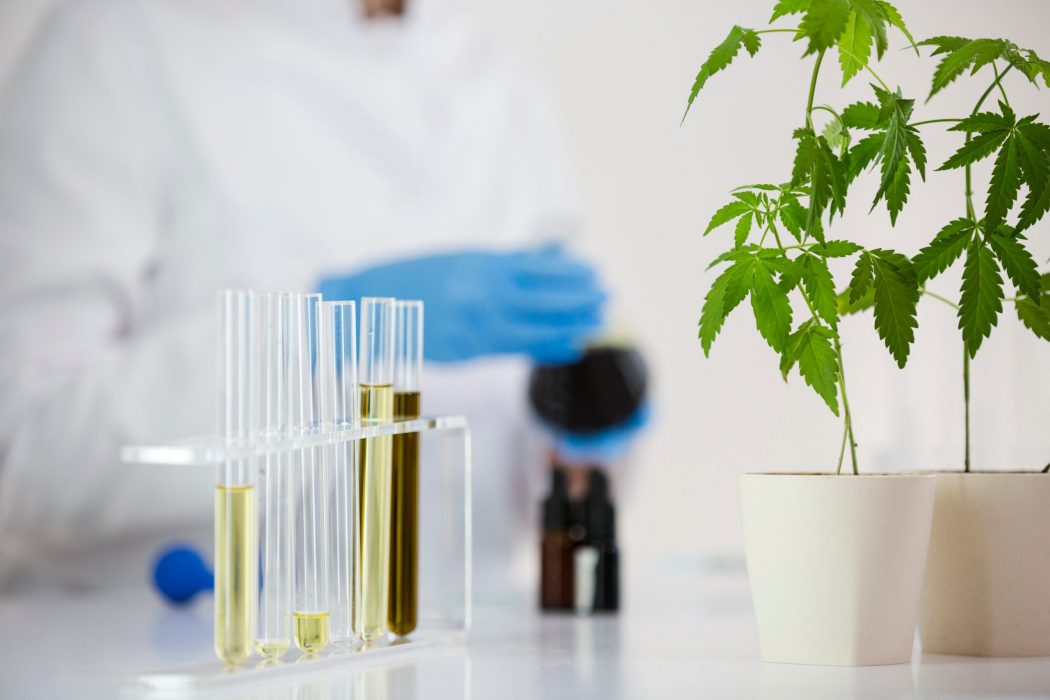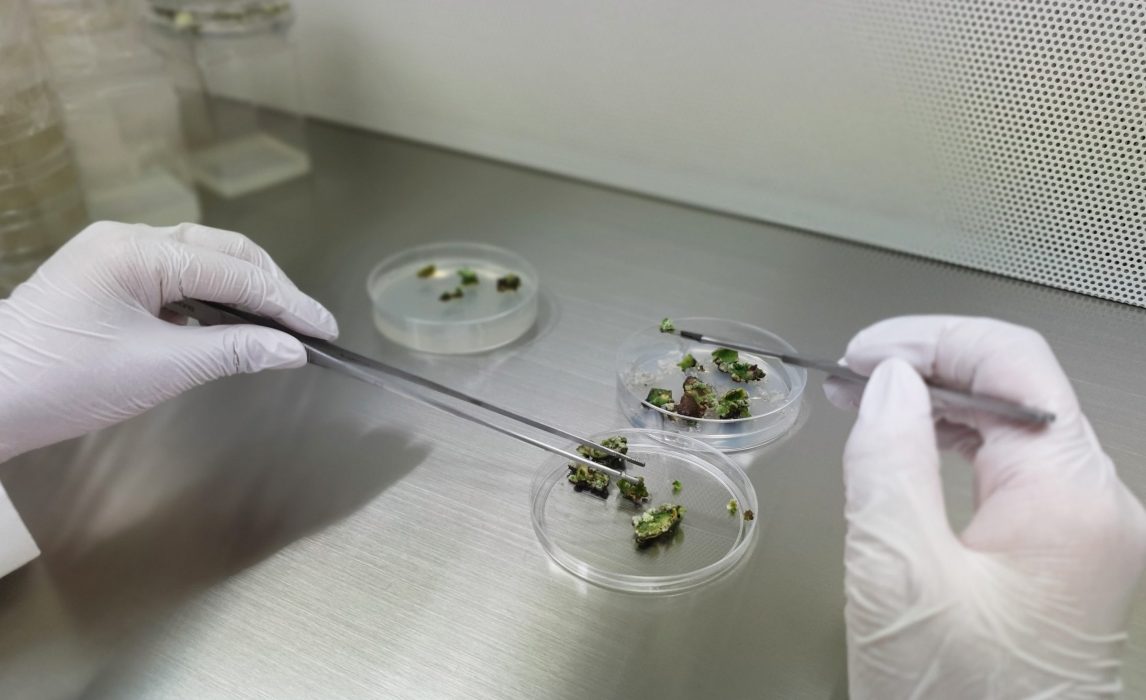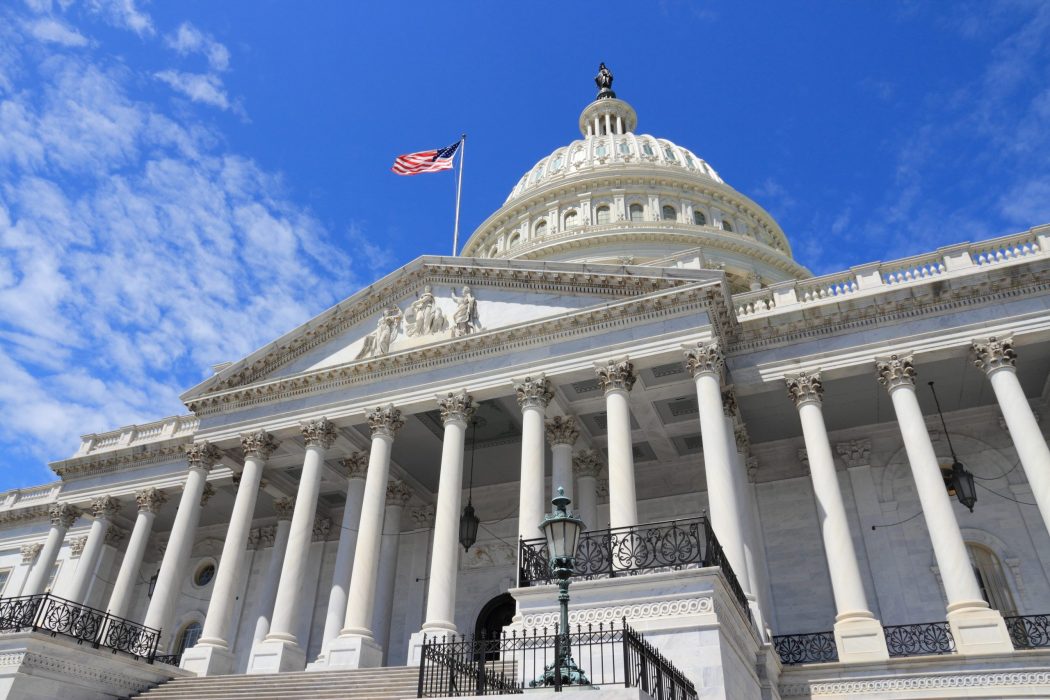Hot Hemp Can Damage Your Business. Here’s How to Prevent It.

0.3% — it’s an absurdly low percentage that can make or break your entire hemp operation.
But that’s the limit set by Federal and state laws for the delta-9 tetrahydrocannabinol (THC) levels that can be in your hemp product.
What is hot hemp and why does it matter?
Anything above a 0.3% of THC level in hemp is considered “hot” — and illegal at the federal level. Cannabis with a THC concentration below 0.3% is classified as hemp, while plants above 0.3% THC are considered marijuana. This makes it wildly important to understand the sampling process and how to prevent hemp crops from overproducing THC.
In October 2019, the interim hemp sample collection guidelines were released. They outline precise requirements for collecting and analyzing THC levels. Among them:
- Hemp producers must employ a USDA-designated official to collect samples within 15 days before harvest. Plants cannot be harvested until the lots have been sampled.
- The sampling agency must have unrestricted access during business hours to all hemp and other cannabis plants.
- Growing lots must be pre-defined, documented and reported to the Farm Service Agency prior to sampling.
- Collection must follow a precise process, including sample volume requirements and explicit handling procedures.
- Samples must be sent to DEA-licensed labs for compliance testing.
The sampling process is strict — and so are the consequences.
Samples returned with THC levels above federally-regulated levels can quickly become problematic for hemp producers. If samples are found above 0.3% THC, producers are typically required to forgo their harvest and destroy their crops. This can result in tens of thousands of dollars in lost upfront investment and potentially hundreds of thousands of dollars in lost future earnings.
What really causes hot hemp?
Many hemp producers attribute hot hemp to poor soil conditions, overly hot weather, droughted fields or improper growing conditions. But new research by Smart indicates that hemp crops likely go hot because of genetic factors — not necessarily environmental ones.
So what can be done? Since THC is based on unpredictable genetics, testing can be done on seedlings to weed out plants likely to overproduce THC in their mature form.
Producers can also prevent crops of hot plants by cloning ones that sample under 0.3% THC. Cloning involves taking a cutting from a “mother” plant and letting it grow its own root system. Because the genes are identical, clones will generate a plant with the same THC levels as the mother, saving time and money and ensuring a genetically consistent crop.
Futureproof your business.
Ensuring your hemp crop stays below 0.3% THC is a critical step in creating a sustainable and successful hemp business. Producers must not only ensure compliance with federal, state and local regulations — they must also ensure their products are properly produced for retail and safe for consumers. That’s a lot to juggle, but our team at KLER sees a smarter way through the sampling process via an all-in-one hemp and CBD management solution:
- Track crops by acre with GPS plots or by individual plants. Generate unique IDs to track location movements, plant and harvest dates, strain types, and more.
- View harvest efficiencies by nutrients used, cultivar, lots, test results and other data.
- Review testing results for compliance and gain visibility with seed and clone testing comparisons.
- Manage inventory and harvest expense tracking effortlessly.
- Access and analyze important data with powerful analytics and multi-level filtering tools.
- Streamline HR tasks by tracking employee costs and optimizing employee schedules to optimize productivity.
- Optimize logistical and operational efficiency with tools to ease inventory management and shipping compliance.
Interested in learning more? Check out the KLER platform and see how it can help you streamline your hemp and CBD operations!




